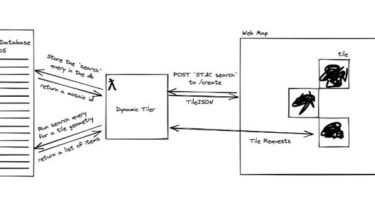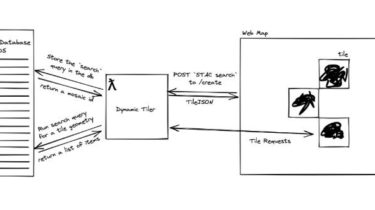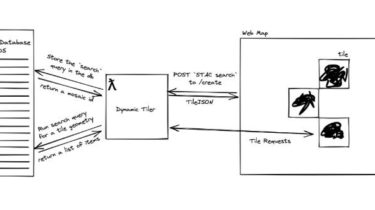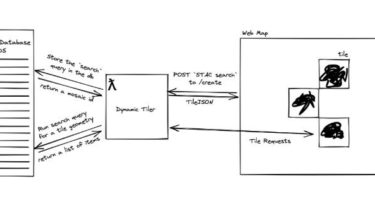A telegram bot can mention members upto 10,000 in groups
This bot can mention members upto 10,000 in groups and can mention members upto 200 in channels ! 🏷Infomation Language: Python. Telegram Library: Telethon. 🚀Deploy to heroku 🎯Credits and Other Do not forget to follow me on Github ✌️ GitHub https://github.com/AnjanaMadu/MentionAllBot
Read more








